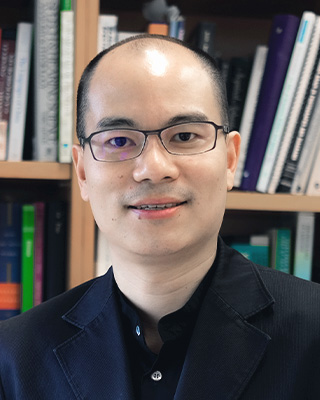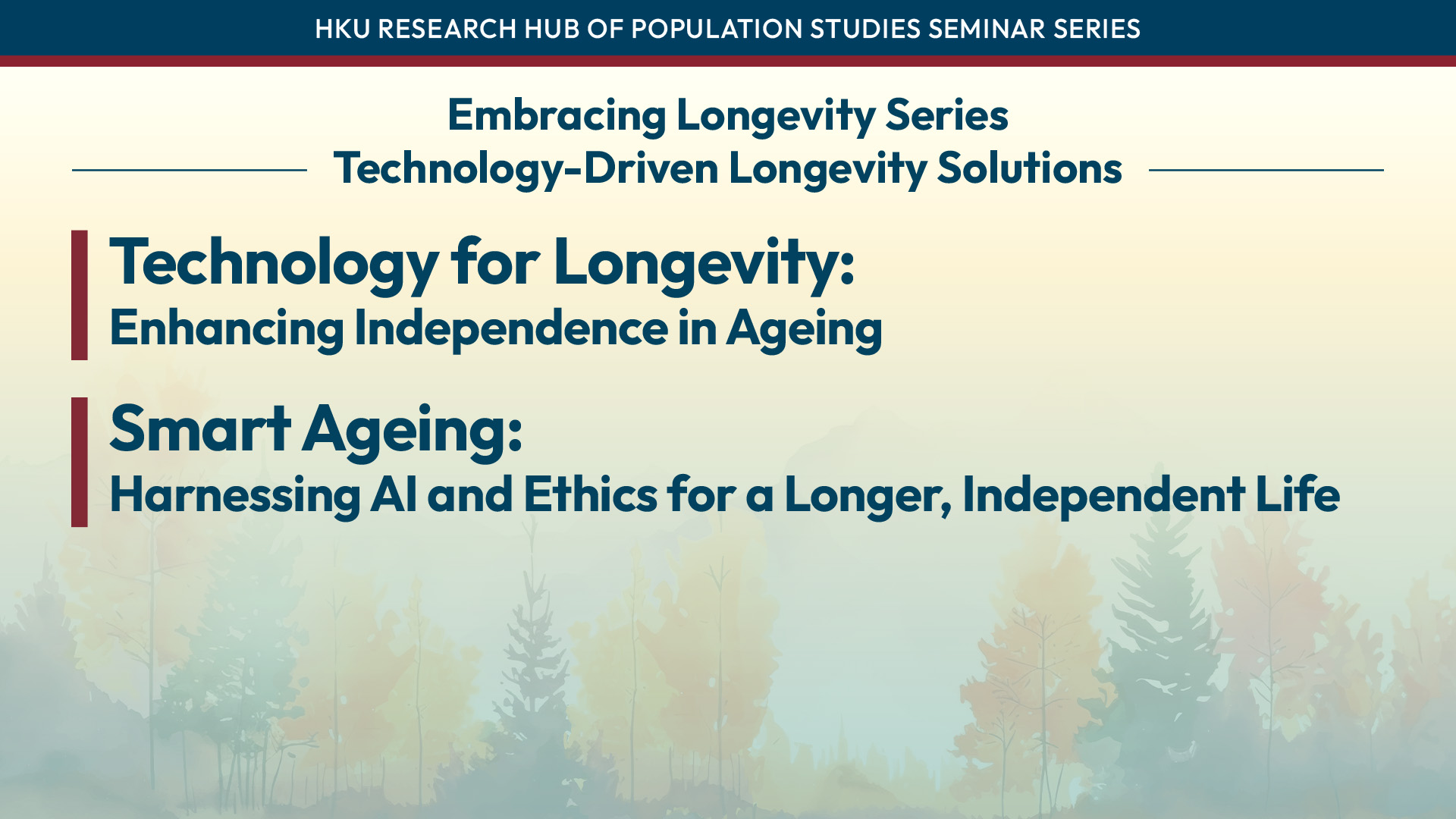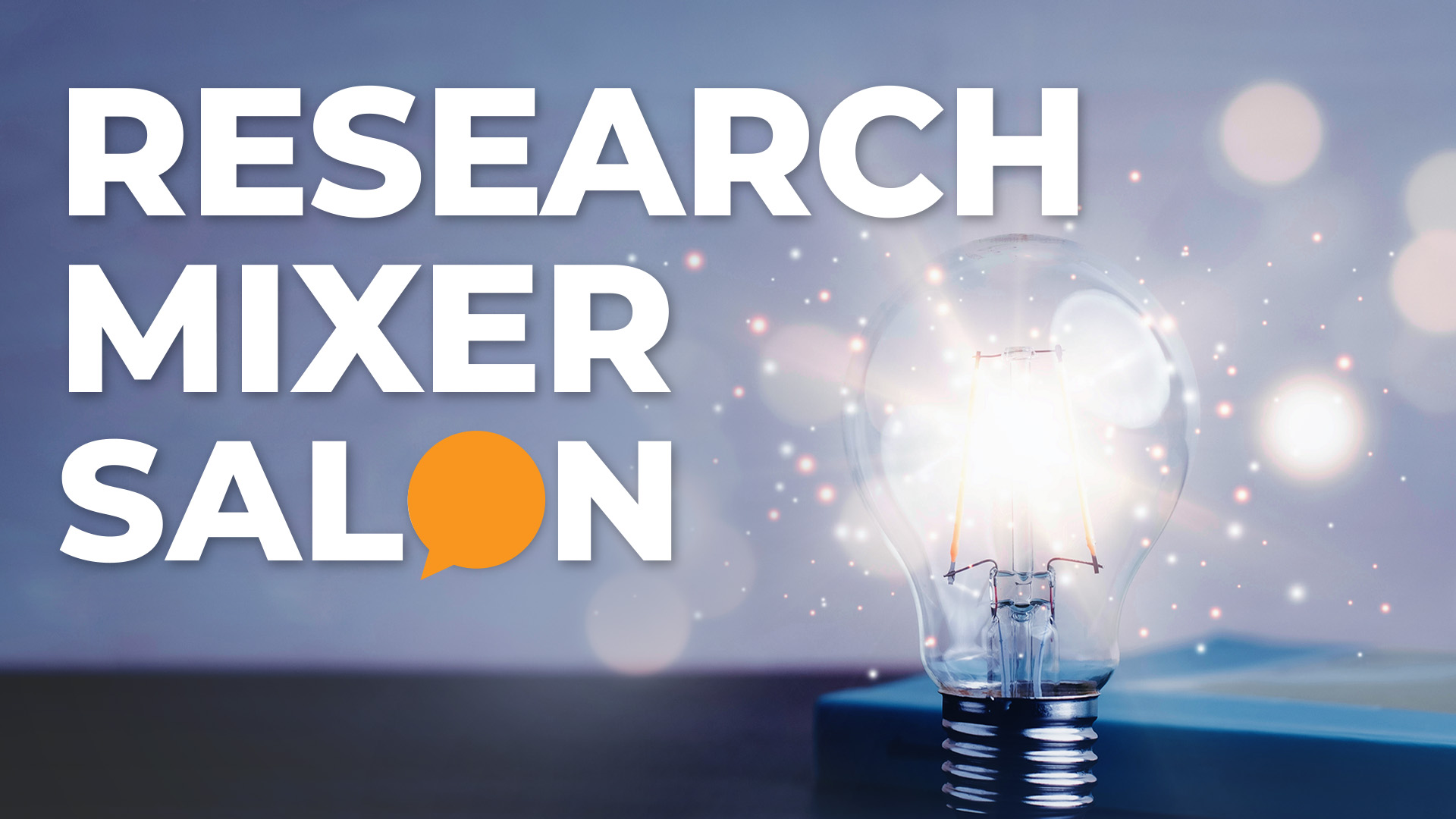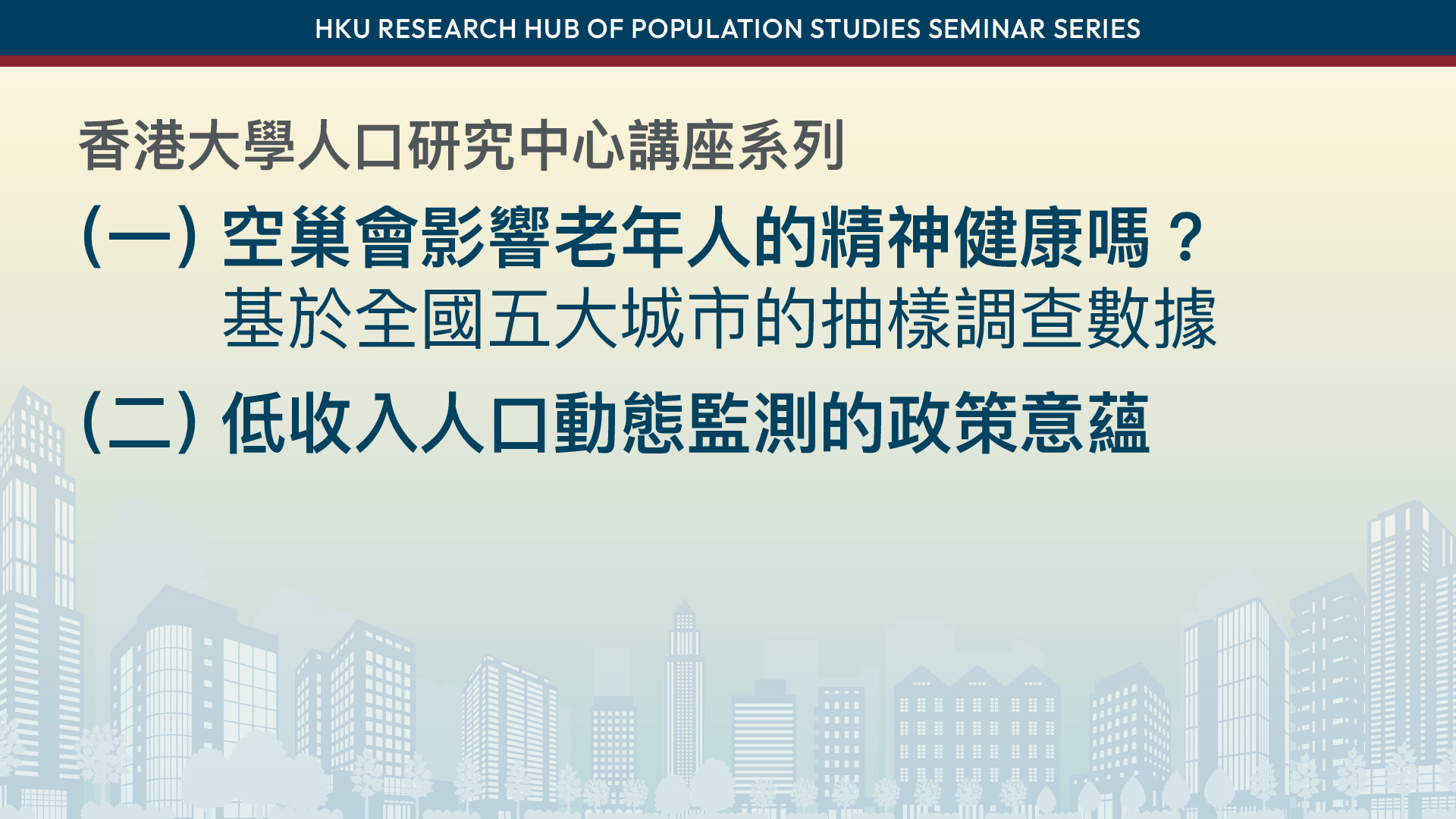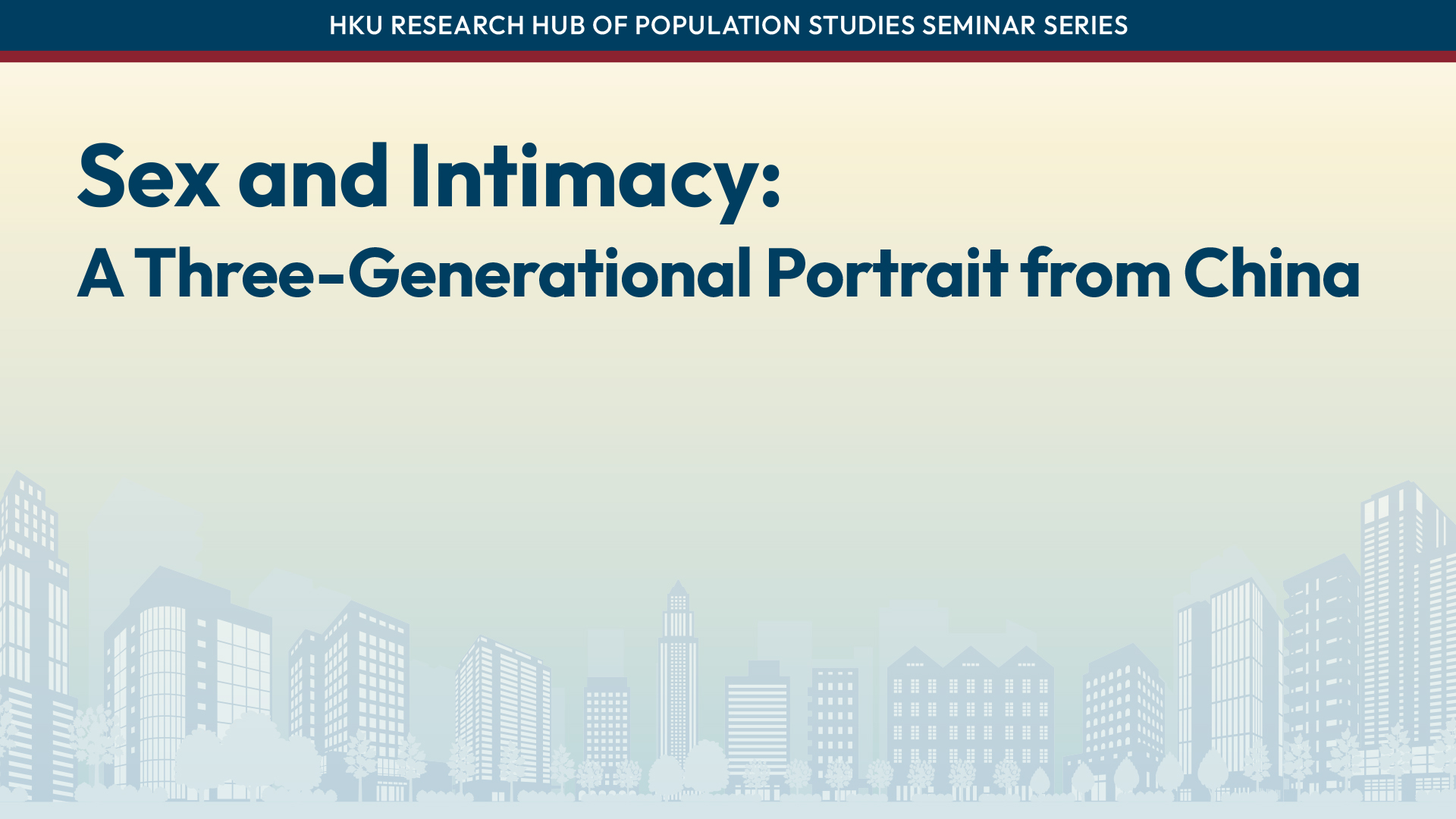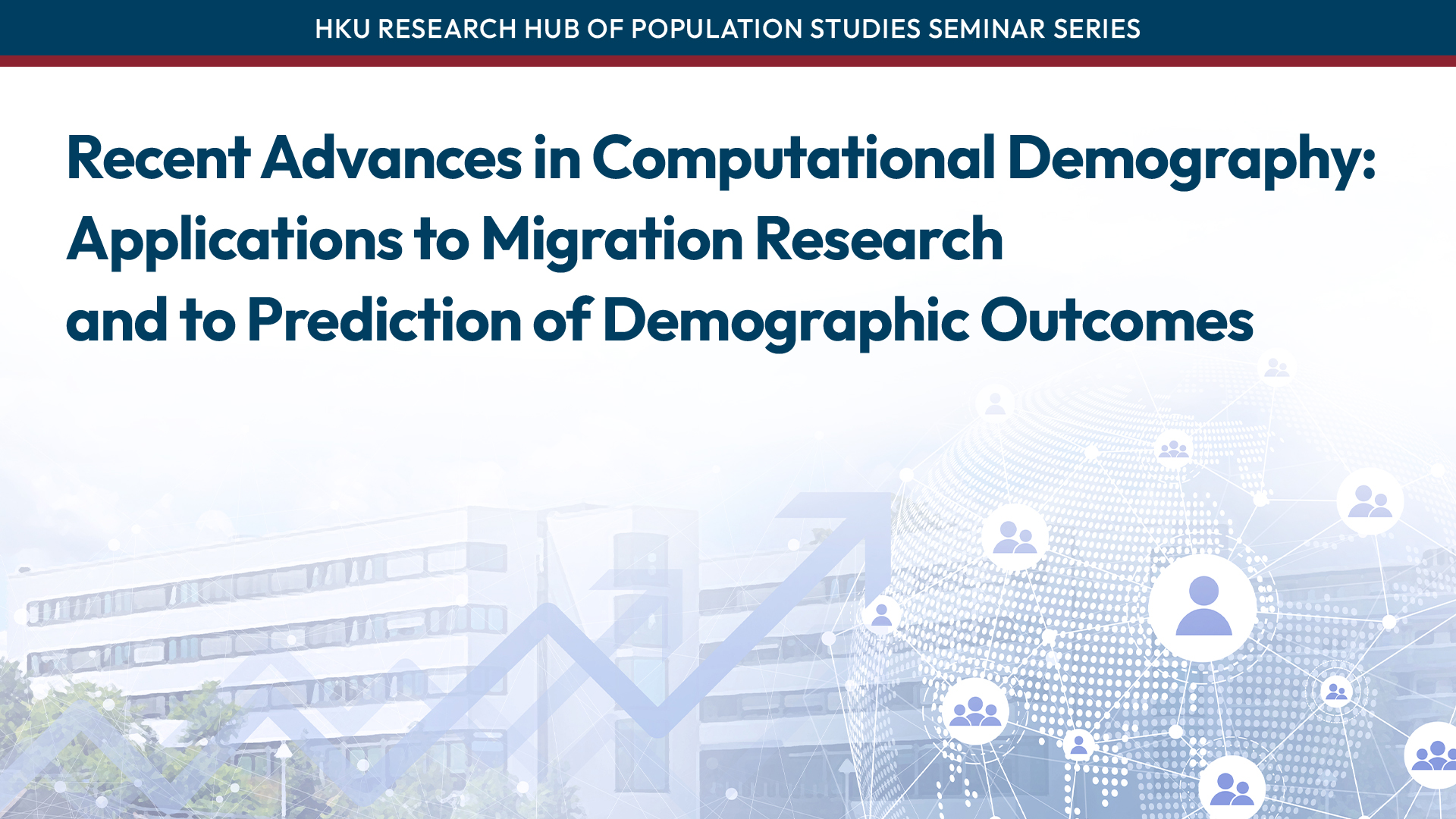March 20, 2024
11:30am – 1:00pm
Children’s rank-order language developmental stability provides an opportunity to predict future language development with data collected in earlier years of life. In the research, Professor Patrick Wong and team capitalize on this opportunity to evaluate hypotheses concerning language development across different typical and atypical populations. Direct biological measurements from young children as well as their health and family information are used to construct predictive models for individual-child predictions. These models provide the basis to address different questions about neural processing and language. For example, in typically developing children, the team asks whether cortical and subcortical development interacts with native and non-native speech processing in infancy, and whether this interaction provides a basis for prediction of future development. In children who are hearing impaired, the team examine whether brain regions that are most resilient to reduced auditory/spoken language input, measured via MRI before cochlear implantation (CI), enable a compensatory pathway to support better language development after CI. In both typical and atypical populations, the team is in the process of testing whether individual-child predictions can inform the design and prescription of different types of early intervention and enhancement strategies in order to optimize language development for all children.










